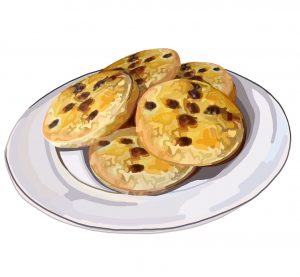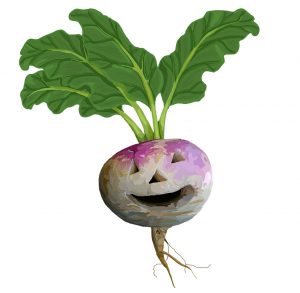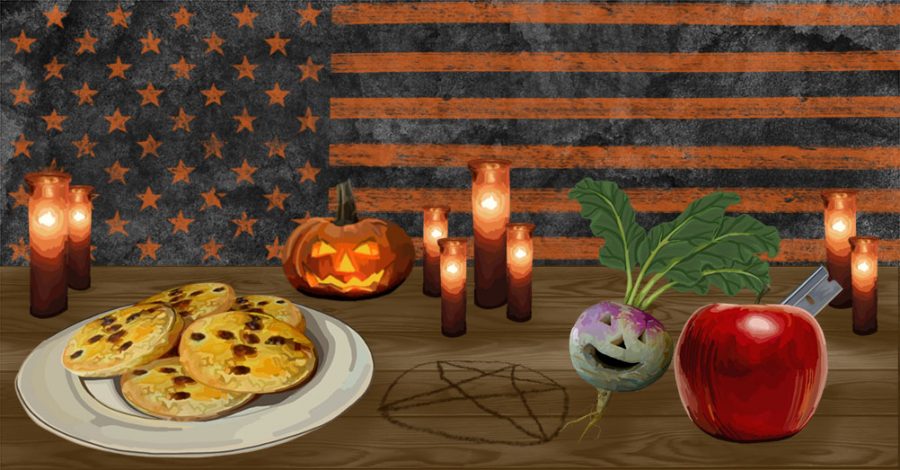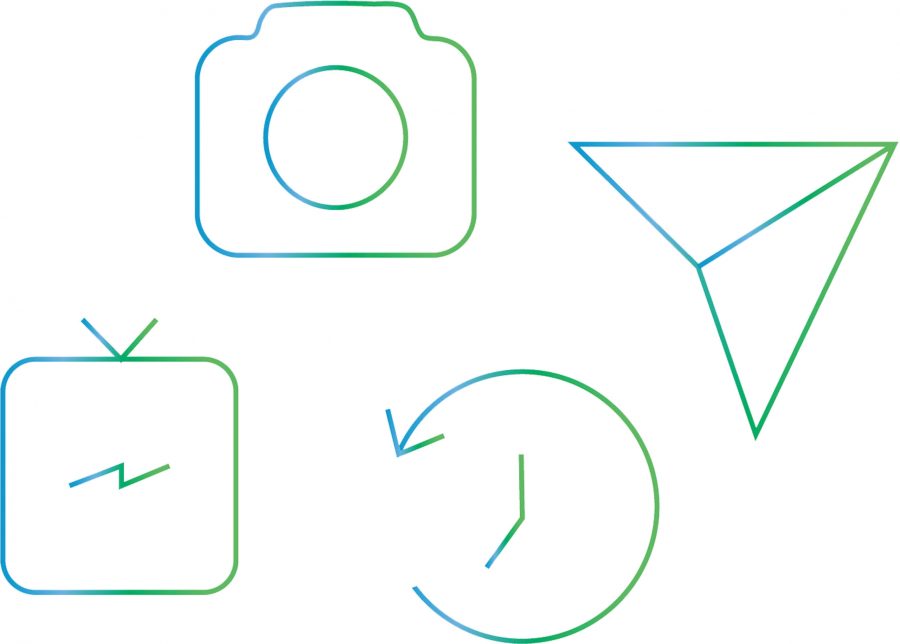Myth: Halloween is quintessentially American.
To Americans, Halloween is unique to and saturated with the culture of the United States. From trick-or-treating to masquerading as ghosts and goblins, almost every aspect of the celebration has become a representation of the secularism, from sinister to lighthearted, held in American society.
Truth: Although the traditions of American Halloween evolved considerably since Irish and Scottish immigrants introduced them to the United States, they still share features with the fall celebrations of other countries. In Canada, children observe Halloween by dressing up and trick-or-treating, similar to their American counterparts. In Mexico, despite not celebrating Halloween, people celebrate Día de los Muertos, a holiday dedicated to honor deceased loved ones and ancestors. Observers display pictures of deceased relatives, visit graves and throw parties.
Myth: Halloween originated from satanic worship.
From menacing costumes to frightening decorations, the occult has become a central part of modern Halloween celebrations. Popular lore maintains these practices are simply a jocund continuation of the satanic rituals that punctuated Halloween in its early history. Several foreign leaders, including former Venezuelan President Hugo Chávez, have even pointed to Halloween as an example of specifically American profanity.
Truth: Halloween originated as a pagan festival in parts of Northern Europe, particularly around what is now the United Kingdom, not a satanic ritual. Several European cultural traditions maintain Halloween as a time when magic is most potent and spirits can contact the physical world. For early Christians it even became a religious celebration the evening before All Saints’ Day, a festival in honor of Christian saints. The first group to demonize Halloween was the early Catholic church, which, in an attempt to eradicate pagan traditions, began labeling all pagan holidays, including Halloween, as satanic. This characterization continued into more recent history when fundamentalist Christians like Pat Robertson, a popular televangelist in the mid 1900s, started attacking Halloween as a reaction to American culture and holidays becoming increasingly secular.
Myth: People put razors in apples.
 Parents across America warn their children to not accept unwrapped sweets, including apples, for fear of heinous neighbors hiding needles, razors or other sharp object. Some hospitals even offered parents free x-rays of Halloween candy to avoid consuming dangerous foreign objects.
Parents across America warn their children to not accept unwrapped sweets, including apples, for fear of heinous neighbors hiding needles, razors or other sharp object. Some hospitals even offered parents free x-rays of Halloween candy to avoid consuming dangerous foreign objects.
Truth: The razor blade in an apple cliche originated in the late 1960s when the New York Times reported children found blades while eating apples they received trick-or-treating. News agencies ran with these stories, generating alarm among parents and children alike. More than 75 percent of reported cases involved no injury according to Joel Best and Gerald Horiuchi, authors of The Razor Blade in the Apple. Detailed follow-ups in 1972 and 1982 concluded virtually all the reports were hoaxes concocted by the children or parents for media attention.
Myth: Trick-or-Treating has always been an activity for children.
Although dressing up is an activity for all ages, colloquially, trick-or-treating is unique to children.
Truth: Donning costumes and asking for food originated in the Celtic period when patrons left out food and beverages to satisfy mythical creatures like  fairies and trolls. Wanderers would dress up as these creatures and solicit food in exchange for dancing or performing in costume. Since the 1800s when Irish and Scottish immigrants brought their Halloween festivities to North America, the celebration has evolved considerably. The custom of trick-or-treating was not common in the United States until the 1950s. Historians often attribute its popularization to local governments attempting to provide a different mode of Halloween celebration for youth who previously partook in widespread pranking and mischief to mark the holiday.
fairies and trolls. Wanderers would dress up as these creatures and solicit food in exchange for dancing or performing in costume. Since the 1800s when Irish and Scottish immigrants brought their Halloween festivities to North America, the celebration has evolved considerably. The custom of trick-or-treating was not common in the United States until the 1950s. Historians often attribute its popularization to local governments attempting to provide a different mode of Halloween celebration for youth who previously partook in widespread pranking and mischief to mark the holiday.
What is your favorite Halloween myth? Let us know in the comments below.



























































































